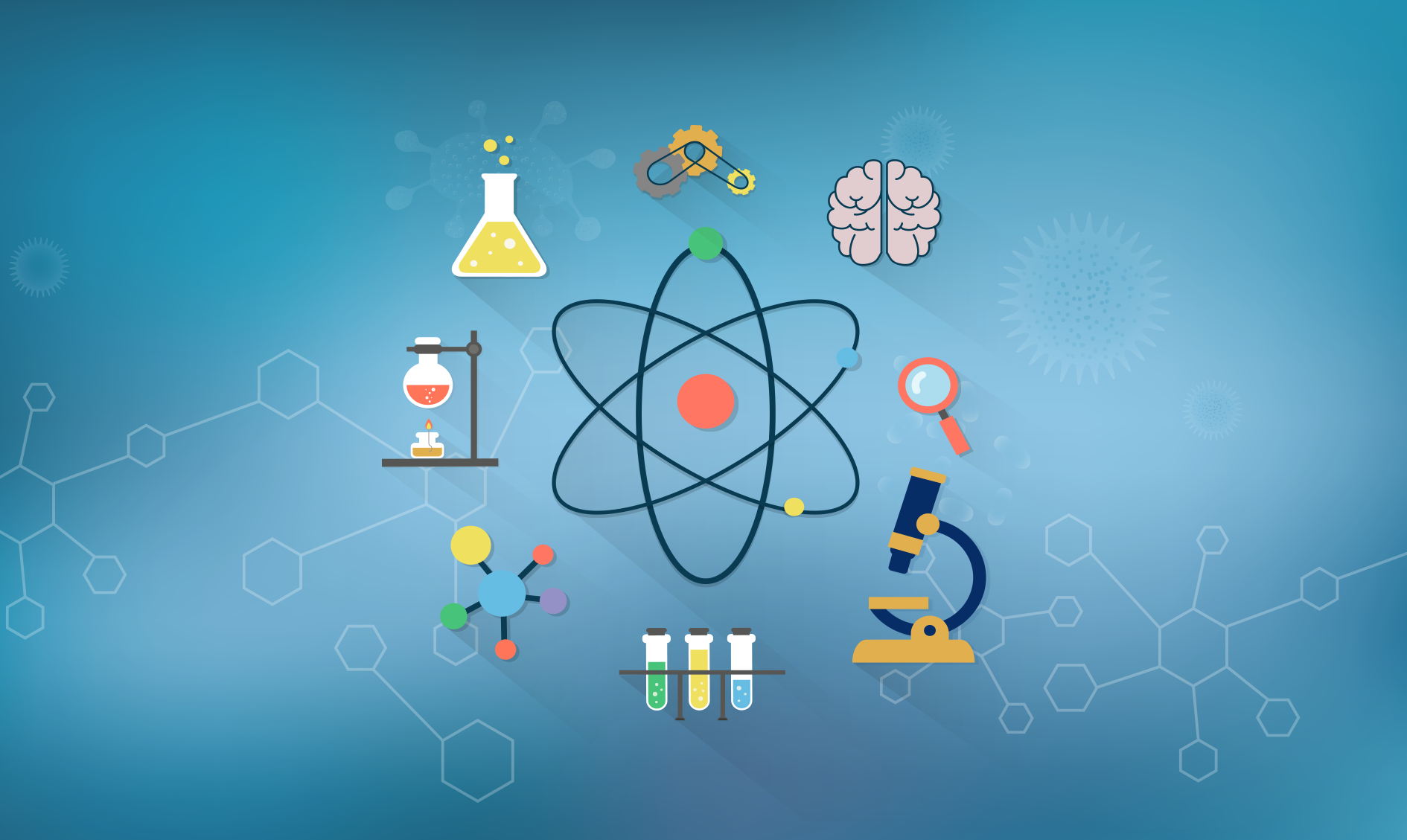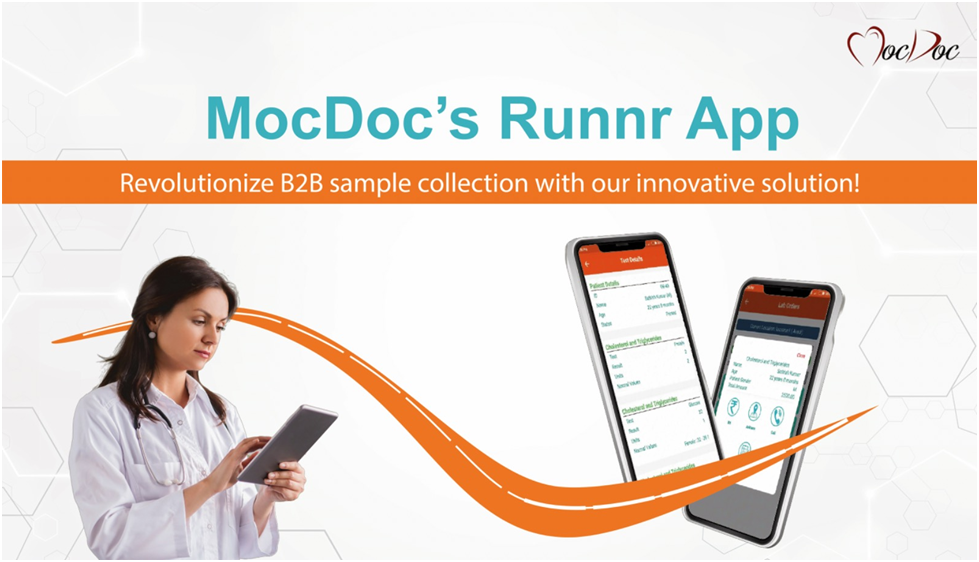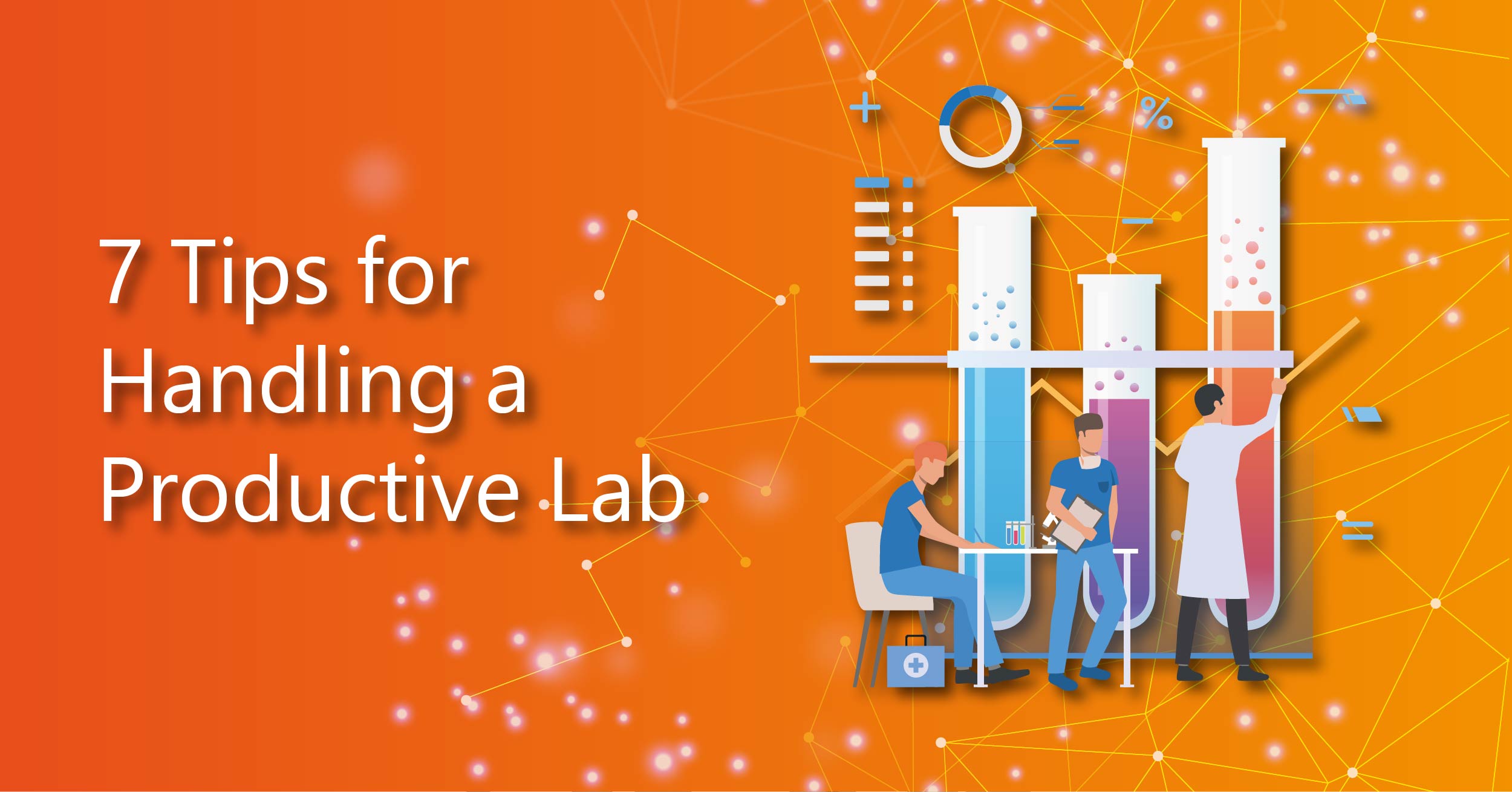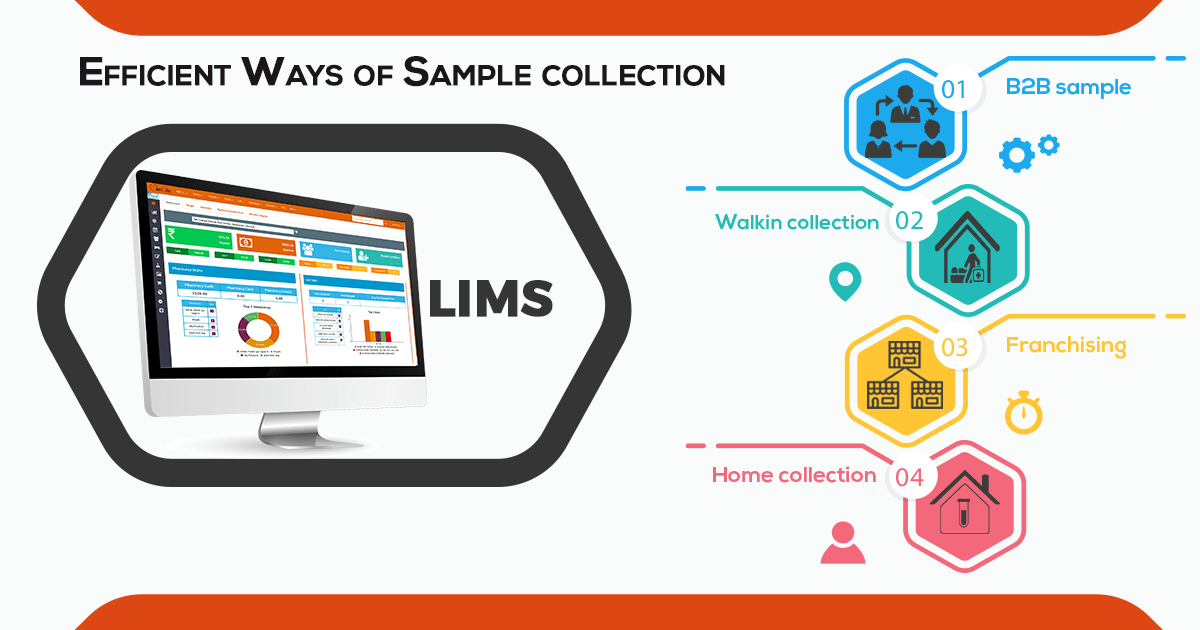MocDoc's Offerings
Smart Ways to send Lab Reports of Patients
Published By
Sanjana
2018090622:16:04
Category LIMS

Communication of patient lab data via state-of-the-art laboratory software
The profession of laboratory management system is a complicated one that requires the utmost care of the patients. The lab must convey a sense of trust to the customers so that they can entrust you with their samples for analysis.
Clinical Laboratories can now Wave off Manual Work:
With all this hard work already being done by clinical laboratories, the Department of Health took a new turn when it was decided that a lab has to send results directly to the patients. This was mainly done to relieve the stress from the patients who were waiting for their reports from the doctors. With instant report generation, doctors can now decide quickly on critical cases.
The mandatory direct lab report delivery to the patient can be done in various ways whichever is comfortable with the patient and the lab. With the latest technology on queue, the task has been rendered easy for the labs to be in touch with the patients. In this blog, let us discuss the various smart ways in which a lab can send lab reports to patients and deliver test sample reports to them.
Conveying the Message via Short Message Service (SMS):
Sharing reports via SMS can add to the benefit of sample report collection. One small SMS on the result of the test analysis can set the patient's mind at peace.
Lab reports, once generated, can easily be shared via SMS straight to the patient or the doctor, thus eliminating the need for manual handling, waiting time, or travelling. Reports of multiple tests performed by the patient are shared as separate updates to avoid possible commotion. With the intervention of LIMS Software in clinical laboratories, we help convey instantaneous report results to the patient as soon as the technician generates the results. The SMS conveying system for test results has many advantages, some of which are:
- No manual human intervention is needed.
- Immediate report sharing is made possible for emergency cases or critical patients.
Conveying the Message via E-mails:
One of the fail-safe methods for accessing patients anytime is messaging via electronic mail or E-mails. Incorporating advanced EMR (Electronic Medical Records) software enhances this communication channel, ensuring secure and efficient delivery of critical information. This method provides a convenient way to notify patients of their lab results promptly, allowing them to access full PDF reports via email. Additionally, the integration of EMR software allows for seamless consultation with a healthcare professional, further streamlining the patient experience and fostering a reliable means of communication between the laboratory and the patient.
This way the patient can be notified even at their place of work without them having to visit our facilities for manual collection of the report.
Once the lab report is generated with all the optimum observations made from the testing of samples, it can be sent via email in PDF format as an attachment so that the patient can infer from the report and take the necessary action if any is required. A LIMS Software-linked lab can save a lot of unwanted manual tasks and convey the message to the patient and doctor immediately for analysis. It has the same benefits as SMS, with the added advantage of the whole report being shared.
Report generation on Mobile App:
Mobile App Tracking:
- A pre-installed mobile app on your smartphone offers the convenience of tracking the various phases of your test analysis. This feature keeps you informed about the progress and notifies you when your test results are ready.
- With just a few swipes, you can access your test results as soon as they are generated by the technician.
Real-time Results:
Enjoy the benefit of real-time access to your test results through the mobile app. This ensures that you stay informed promptly, allowing for quick decisions or discussions with healthcare professionals.
Confidentiality Assurance:
Leverage the confidentiality of your smartphone to receive and review your test results. The secure environment of a personal device adds an extra layer of privacy to your health information.
Accessibility Anytime, Anywhere:
A smartphone with internet connectivity is all that is needed to access your reports on the go. This level of accessibility provides the flexibility to check the readiness of your report from anywhere and at any time.
Convenient and Efficient:
The mobile app streamlines the process, making it convenient and efficient for users to manage and view their test reports. This user-friendly interface enhances the overall experience of staying connected with your health information.
Direct Collection of the report from the lab:
Among the various intelligent approaches discussed earlier, the method of directly collecting the lab report from the laboratory stands out as a reliable option. This can be considered the final smart strategy in the lineup. Despite being a traditional approach, opting for the direct collection of the report from the lab is particularly secure, especially when dealing with sensitive information.
While it involves a physical effort to obtain the report from the lab, an alternative is to have the report posted directly to the patient's home. This direct collection method can complement any of the previously mentioned patient-initiated lab report retrieval methods. The patient is first informed of the results and can then choose to collect the report at their convenience. The full PDF report sent via email, facilitated by advanced laboratory software, allows for easy viewing and consultation with a doctor, making the collection of the printed lab report a less urgent and more straightforward task.
These represent a few of the methods available to send lab reports to patients, and clinical laboratories have the flexibility to utilize all or some of the above techniques. By employing these methods, the clinical laboratory aims to foster a sense of ease and trust with the patients, ultimately establishing a strong rapport.
Related Articles
Revolutionize B2B sample colle...
MocDoc’s Runnr mobile/web application is designe..... Read more
7 Tips for handling a Producti...
Running a productive lab smoothly is tedious. Whet..... Read more
4 Efficient Ways of Sample col...
Investment in health is the best way of investment..... Read more



